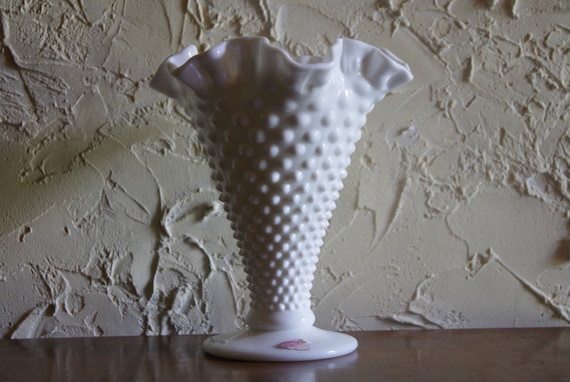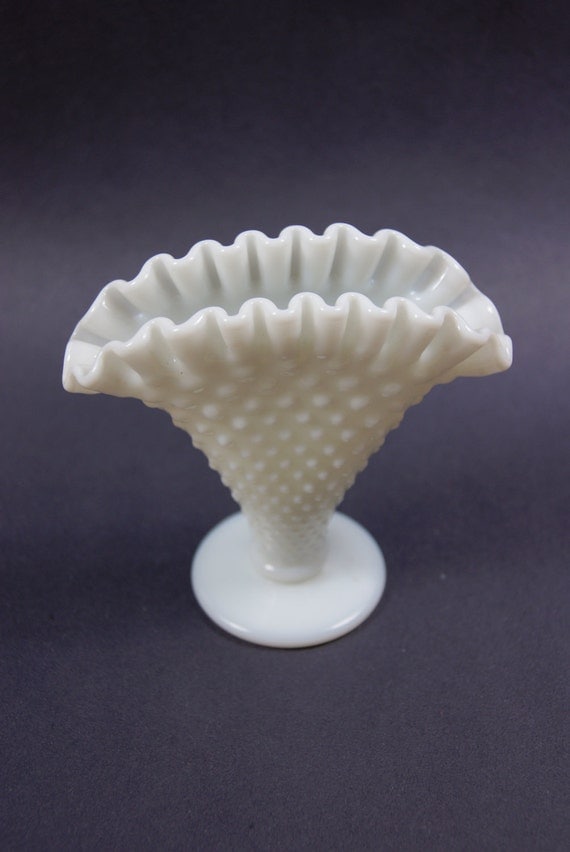We all have seen it at estate sales, auctions, and our own kitchens or attics. So, what in the world is milk glass exactly you say? This is very simple to answer; it’s a milky white glass that’s been either hand blown or mold made.

Milk glass got its start in Venice in the 16th
century. By the time the 19th
century rolled around, glass makers were making a version of this
glassware. It was a milky white opaque
glass that they called an “opal glass".
The name milk glass is a more recent name, and is a name that you will
hear quite often when you go antique shopping.
Milk glass has been made into lamps and lamp shades,
vases, plates, bowls, dinnerware of all kinds, and many more shapes. Perhaps one of the most famous uses of this
type of glass is for the four faces of the information booth clock at Grand
Central Terminal in Manhattan.
 |
| *picture courtesy of Wikipedia.com |
Fenton, Fostoria Glass, Imperial Glass, and even the
Westmoreland Glass Company are only a tiny amount of companies that have made
milk glass.
The prices of this glassware are as widespread as the
glass companies that made it. It can be
picked up for a couple of dollars to several hundred. Several examples can be seen in my Etsy shop,
like this hobnail fan vase:

All of the milk glass pieces can be seen in my Etsy shop
here.

No comments:
Post a Comment